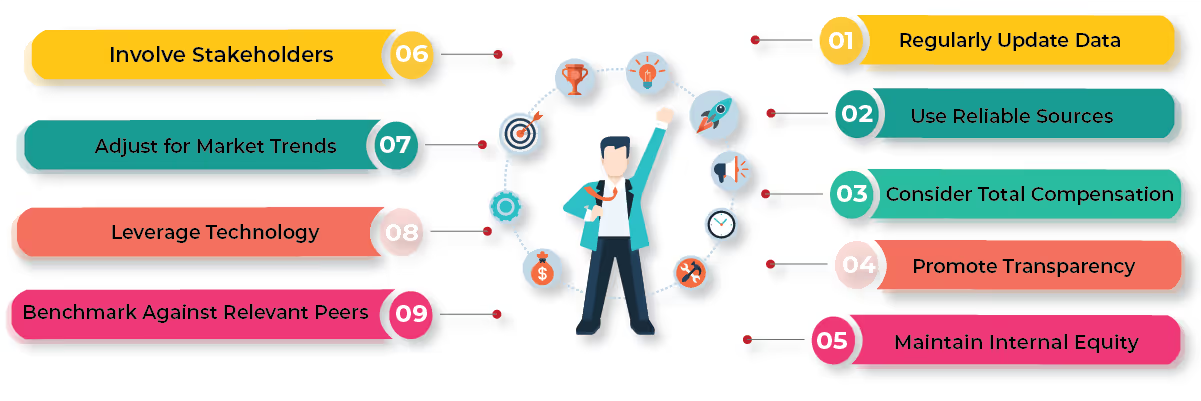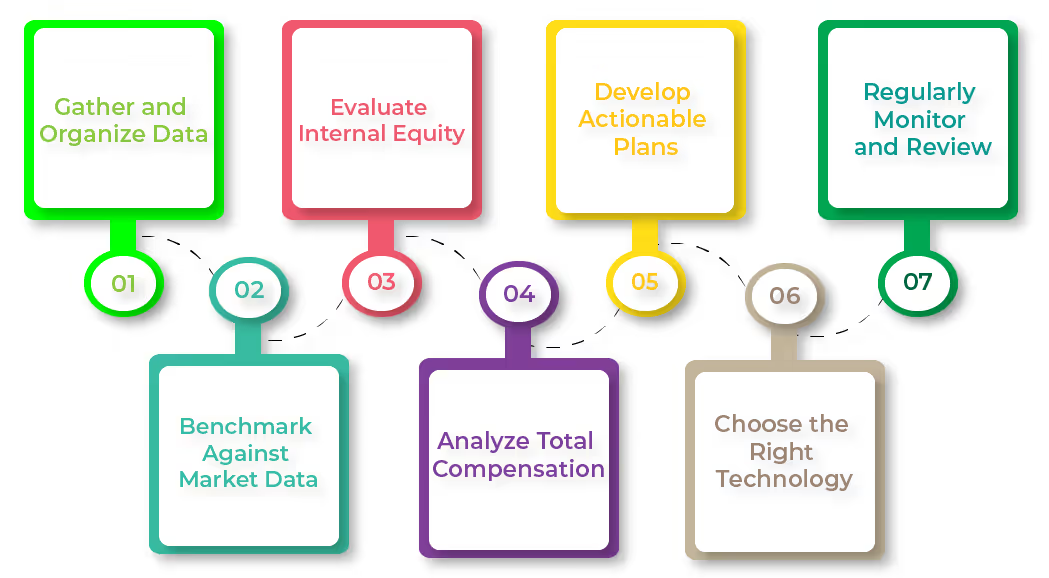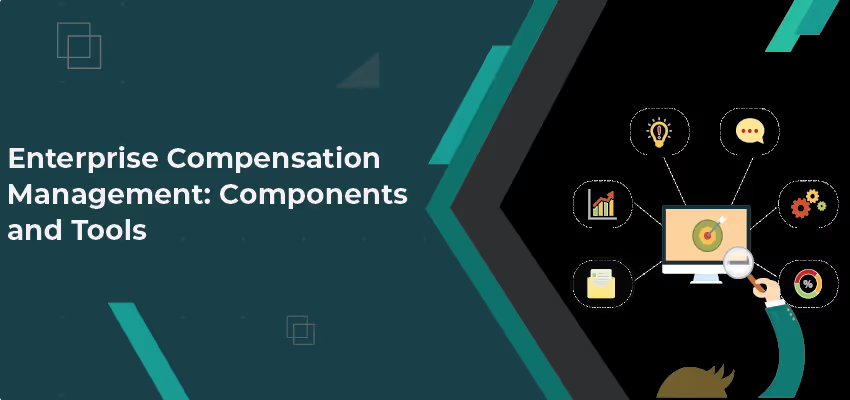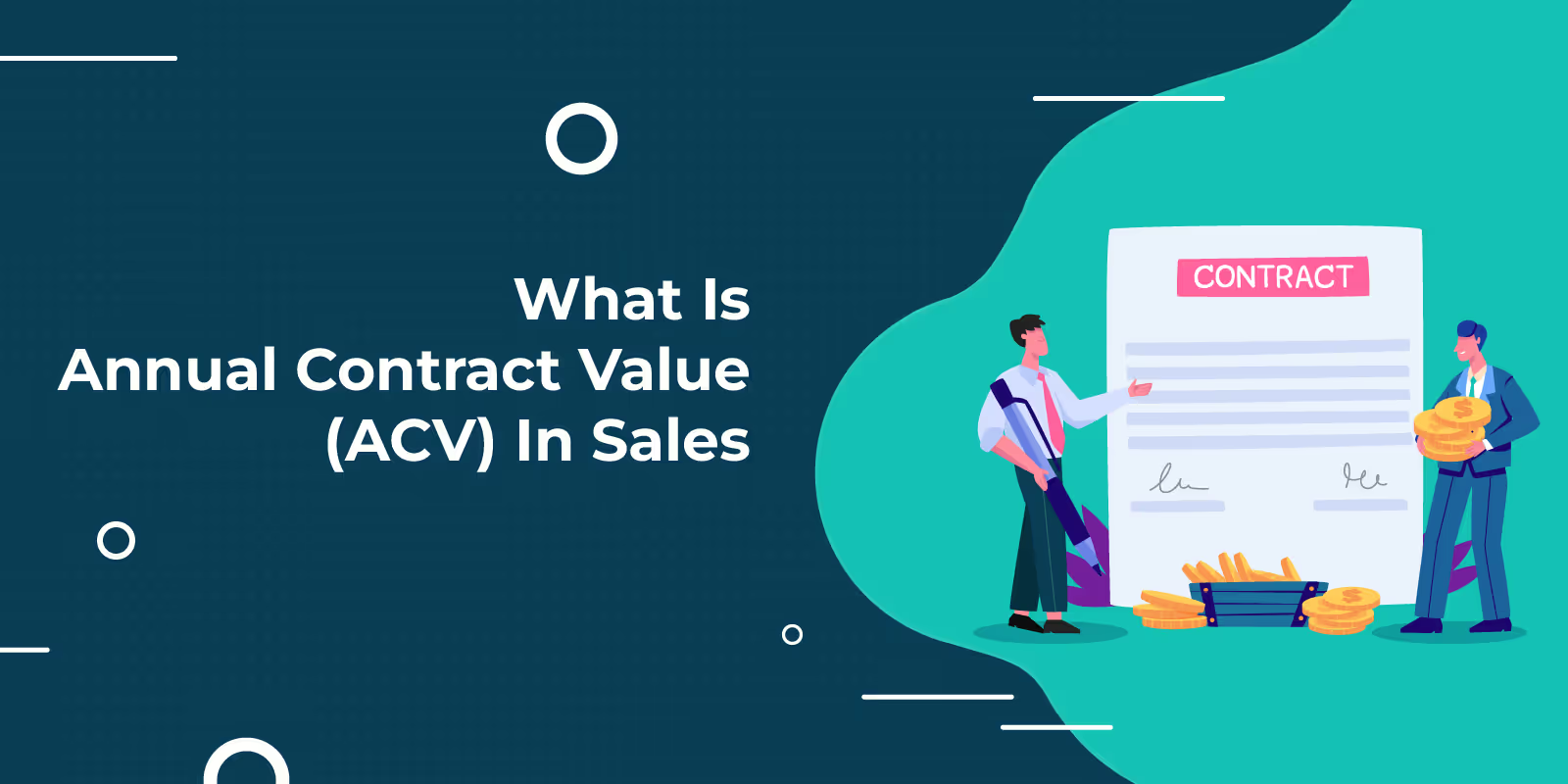
Blog
How to Conduct a Successful Compensation Analysis: A Step-by-Step Guide
July 22, 2024


Key Insights
Without a doubt, what attracts most candidates to your company is the pay that you provide.
Everyone is looking for a fair, competitive, and high salary. It is what attracts them. It is what retains them. It is what motivates them.
At all times, companies need to maintain that competitive advantage as well.
This means you need to regularly conduct compensation analysis to know about the external trends and internal performance.
In this article, we will explain what compensation analysis is, its importance, steps to create effective compensation analysis, and best practices to optimize it.
So, let's begin the reading. Scroll down.
What is compensation analysis?
Compensation analysis refers to reviewing and comparing an organization’s pay structure and practices. This ensures that their compensation is competitive and fair, follows the labor policies, and is on par with the market conditions.
The goal of conducting regular compensation analysis is to attract, retain, and motivate your workforce. In addition, it helps organizations to maintain cost-effective compensation practices while complying with required legal standards.
Why is a compensation analysis important?
Keeping a close watch on your pay balance sheet fulfills a lot of purposes for the organization. These include:
- Compensation analysis helps attract and retain top talents. It helps keep a check that your pay is competitive and aligns with market standards.
- Fair and transparent compensation practices will ensure employee motivation, increased job satisfaction, and loyalty to the organization.
- It helps ensure all employees are paid fairly compared to their colleagues. This will reduce the risk of disputes, and dissatisfaction and ensure a healthy workspace.
- Keeping a check on your compensation practices also helps ensure that you comply with the labor laws and regulations relating to pay requirements.
- Analyzing your compensation report also helps monitor your salary expenses and prevent cases of overpayment or underpayment.
- Benchmarking your compensation with industry trends and competitor standards will help ensure the relevance and attractiveness of your pay structure.
Compensation analysis is a critical tool in your business operations.
Only by keeping a check that you offer a fair, competitive, and legally compliant pay structure can you align employee well-being and organizational success.
What are the best practices for Compensation Analysis?
Compensation analysis plays a huge role in optimizing your overall business operations.
Since it plays such an important role, enhancing it with some best practices will help boost the desired results.
So here are a few ways to improve your compensation analysis with some best practices.

Regularly Update Data
Always keep a regular check on your market data to ensure compensation levels remain competitive and relevant.
Use Reliable Sources
When collecting market data and competitor standards only rely on reputable sources.
Consider Total Compensation
Your compensation analysis report must not just focus on base salary. Analyzing variable pay including bonuses, commissions, and other incentives helps get a better picture.
Promote Transparency
Clearly communicate the compensation structure to employees. This will help build a better understanding of the pay structure and trust in the organization.
Maintain Internal Equity
Review your internal pay structure between colleagues, roles, and departments. This helps ensure fairness and consistency across the organization.
Involve Stakeholders
The agenda behind the compensation analysis report is to get as many insights as possible. Including HRs, finance, and even the employees will get in gathering diverse perspectives.

Benchmark Against Relevant Peers
Compare your compensation with competitors and similar organizations. This will help understand your position and relevance in the market competition.
Adjust for Market Trends
Each compensation analysis must be a push to make the relevant changes and adjustments. This will help you respond to the appropriate market trends and economic conditions.
Leverage Technology
Include compensation management software like Kennect to streamline data collection, make accurate analyses, and create comprehensible reposts.
Incorporating these best practices as a part of your compensation analysis will help enhance the desired result.
Steps to a successful compensation analysis
Compensation analysis must be made a routine part of your business management.
But diving into it without preparation won't be effective. There needs to be a step-by-step approach, a compensation planning process, and a system of doing it.In short, you need a compensation analysis template.
So here is a step-by-step process to help ensure no stone is left unturned in the analysis:

Gather and Organize Data
Gather up-to-date data on the current salaries, incentives, benefits, and other components. This will lay down a solid foundation for analysis.
Benchmark Against Market Data
Look into the industry compensation trends and identify your competitor's standards. This will help in analyzing your compensation position, its relevance, and identity areas of over and underpaying.
Evaluate Internal Equity
Thoroughly scrutinize the pay across similar roles and departments within the organization. This helps ensure fairness and address discrepancies based on gender or racial pay gaps.
Analyze Total Compensation
Take into consideration all factors that make the compensation structure- base salary, variable pay, other incentives, and benefits. This helps gain an overall picture of your pay structure and its competitiveness.
Develop Actionable Plans
Based on analysis, develop actionable plans to improve your salaries, benefits, and other compensation components. These implementations must be clearly communicated with the employees and managers to enhance their overall effectiveness.
Choose the Right Technology
Select a suitable sales compensation analytics software to streamline your data management, analysis, and reporting. Find solutions that provide a wide variety of features without compromising on data security and privacy.
Regularly Monitor and Review
Post implementation, keep a regular review of your compensation routine and practices. Be open to updates and changes depending on the market trends and dynamics to maintain relevance and competitiveness.
Compensation analysis must be a routine part of your business operations. Having a systematic and regular approach helps ensure the fairness, competitiveness, and relevance of your compensation strategy.
How often should compensation analysis be conducted?
The agenda of compensation analysis is to ensure the fairness, competitiveness, and relevance of your pay structure.
This means it must be a part of your routine business operations.
However, the frequency of it is also subjective depending on each company and their operations.
- Companies must conduct compensation analysis at least once a year.
- When there is a major organizational change like mergers, acquisitions, etc.
- If there is a significant change in the labor industry like demand for certain skills.
- When new labor laws or regulations that impact compensation happen.
- Compensation analysis can align with the organizational budget planning cycle.
- Before performance review to link pay with performance.
- When employees raise significant feedback concerning compensation.
Companies can follow any of these timings. But the point is to conduct regular and timely compensation analysis to reap the benefits of it.
How can compensation analysis help improve employee retention?
Compensation analysis plays a significant role in improving employee retention.
It conducts an in-depth analysis of each and every aspect of compensation- including individual salaries, pay structure based on role, responsibility, position, departments, base salary, variable pay, benefits, and much more.
This thorough analysis helps identify gaps in your employee compensation, understand employee expectations based on competitor and market trends, and outline actionable plans.
Companies realize that:
🟩They need to ensure competitive pay
🟩They need to enhance pay equity
🟩They need to recognize and reward performance
🟩They need to provide comprehensive benefits
🟩They need to cater to career development
🟩They need to address pay disparities
🟩They need to adapt to changing needs.
Following up on these inputs will thus help improve employee work-life balance.
When employee work-life balance improves, it enhances their morale and satisfaction. When their morale and satisfaction are enhanced, the retention rate also increases.
Why do companies do compensation studies?
We all keep a tab of where our money is spent- to ensure we utilize it well and that no wastage happens.
It makes us feel that we are making a judicious use of our money.
Similarly, companies also keep track of their transactions to ensure their financial health.
Since a significant part of a company’s finances is directed to employee compensation, it is important to keep a close watch on it and study its performance.
This helps companies to stay competitive in the hiring market and attract top talents.
In ensuring fairness in the pay structure, companies can boost employee satisfaction and retain their top-performing employees.
These strategic initiatives to maintain fair and competitive compensation will build a committed workforce that drives your company to growth and success.
Final Thoughts
The way you compensate your employees defines who you are as a company.
Hence, you must offer fair, competitive, and market-standard compensation to your employees. It helps in employee hiring, retention, motivation, and many more.
And how do you come to know your compensation structure is good enough? Well, through a thorough compensation analysis.
This comprehensive approach toward enterprise compensation management will positively impact your overall operational performance and organizational growth.
But here is a tip: choose automation over manual when it comes to compensation analysis.
With automation, you can streamline data collection, management, and reporting of compensable factors with zero error.
Kennect supercharges your incentives with our cutting-edge solution. We automate your entire sales incentives process, saving you time and ensuring accuracy.
For more information, Book A Demo NOW!
ReKennect : Stay ahead of the curve!
Subscribe to our bi-weekly newsletter packed with latest trends and insights on incentives.
Thank you! Your submission has been received!
Oops! Something went wrong while submitting the form.
Your data is in safe hands. Check out our Privacy policy for more info














